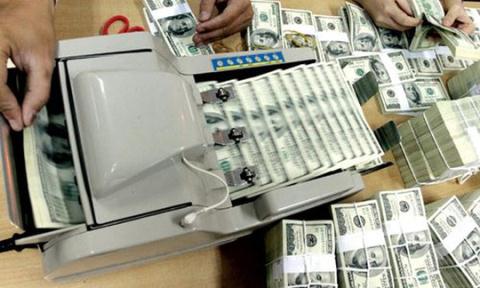VietNamNet Bridge – The newly released World Bank’s “Migrating to Opportunity” report shows that in 2015, ASEAN countries received a total $62 billion worth of overseas remittances. The remittances, called kieu hoi in Vietnamese, accounted for 7 percent of GDP in Vietnam.

Economist Dinh The Hien said that kieu hoi has been an important resource for Vietnam and that remittances are on the rise in recent years.
“Seven percent of GDP is not a big amount of money, but it is net money Vietnam has, no need to pay interest,” Hien explained. “The money provides more capital to the national economy and is valuable also because it is in foreign currency.”
Economists have argued about how to encourage recipients to put remittances into business instead of keeping it in coffers, because this is the best way to mobilize resources for economic development.
A report from the State Bank of Vietnam HCM City Branch released in early 2016 showed that 70 percent of the remittances go to production and business projects, while 21.6 percent go to the real estate market and 7 percent on families’ daily lives, healthcare and education services.
The decrease in dollar deposit interest rates has also prompted people to pour money into the property market.
Unlike other analysts, who believe that remittances can bring benefits to the economy only if they are put into production, Hien thinks it would be good even if recipients use the money to spend on their needs or to buy houses.
“The activities will create demand, what Vietnam wants,” he explained. “Once the total domestic demand increases, it will facilitate the development of production and business, and help generate more jobs.”
Hien said that while overseas remittances are important, they are treated differently compared with FDI (foreign direct investment).
Policy makers think that kieu hoi, like water or air, will stay in Vietnam unconditionally. But if Vietnam doesn’t offer attractive investment incentives, FDI won’t flow to Vietnam.
Overseas remittances to Vietnam are from two sources, from Vietnamese export workers and from overseas Vietnamese who live in other countries. The remittances from the latter source account for the larger proportion.
“What Vietnam needs to do is to simplify remittance procedures and provide services at reasonable fees to encourage remittances through official channels,” Hien said.
An SBV’s report showed that in the first eight months of 2017, remittance flows into HCMC through official channels was $3 billion, a growth of 5 percent on year. The figure was $2.1 billion in the first half of the year.
RELATED NEWS
Overseas remittances fall, worrying real estate developers
How can Vietnamese transfer USD abroad to pay for house purchases?